Japanese designers always seem to be that little bit more daring, whether we’re talking catwalk collections from Issey Miyake or streetwear from the likes of Cav Empt. They certainly have a love for denim and a knack for mashing up classic American and European designs into something altogether more outlandish – something unmistakeably Oriental.
There’s something undeniably special about Japanese style. There are certain heavyweight nations that are always discussed when it comes to menswear, but Japan often doesn’t get the recognition it deserves. We know in theory that it’s a nation filled with cutting-edge designs, but it’s a world that feels difficult to navigate if you’re not already on the inside. It’s time for that to change, so we’ve put together an introductory guide to some of the most iconic and interesting Japanese menswear brands in the game.
Japanese designers always seem to be that little bit more daring, whether we’re talking catwalk collections from Issey Miyake or streetwear from the likes of Cav Empt. They certainly have a love for denim and a knack for mashing up classic American menswear and European designs, into something altogether more outlandish – something unmistakeably Oriental. So if you’re wondering which brands the most fashionable men on the planet frequently wear to stay looking fresh – from fashion houses you need to know about – fear not. The following guide has been made to keep you in the loop, because, after all, if you’re not clued up about your Japanese threads, you haven’t really entered the game.
You May Also Like
Visvim
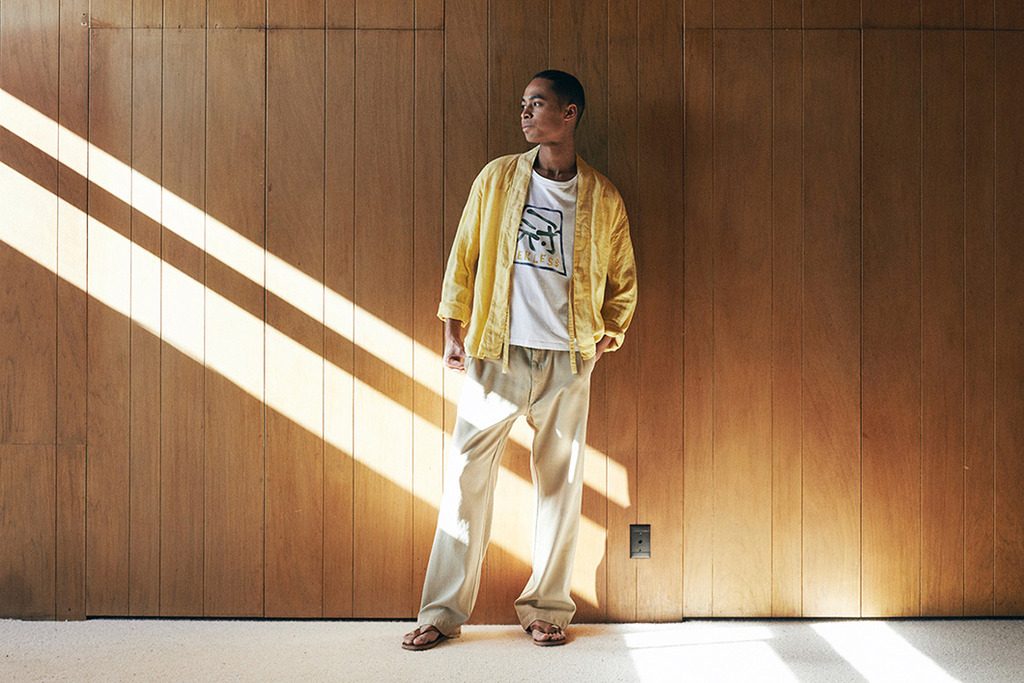 1/15
1/15
Pros
- The brand has over 2 decades of experience
- It is ideal for men who love the vintage and rustic aesthetic
- It’s popular among celebrities
Cons
- The pieces are not the cheapest
If you’re new to the Visvim brand, the clothes probably look like something that would be worn by a farmer from the future. In reality, the brand was founded in 2001 by designer Hiroki Nakamura and has become famous for its vintage-inspired, rustic aesthetic (and the luxury price point it’s available for).
The brand has grabbed the attention of all the clothing nerds on menswear blogs, but more interestingly, it has also created unlikely fans in celebrity circles, like Eric Clapton, John Mayer, Kanye West and A$AP Rocky. Fun fact: the name means nothing, Nakamura just liked the way “vis” and “vim” looked next to each other.
Mastermind Japan
 2/15
2/15
Pros
- Iconic punk-inspired graphics
- The clothes help you stand out
- Clothing made from high-quality materials
Cons
- The availability is limited
Mastermind Japan is responsible for an endless list of interesting collaborations, from Carhartt, to adidas, to Moncler, to Stussy. Sadly, the brand retired just after the Spring/Summer 2013 season, but that makes it no less influential. Exclusivity reigned supreme at this Japanese menswear house.
Designer Masaaki Honma often produced no more than 3 of each item, which frequently featured punk-inspired graphics, unique use of raw materials and the label’s iconic skull and crossbones logo. Mastermind Japan made a special limited comeback earlier this year via the Origami commerce platform, so perhaps there’s a future for it yet.
Undercover
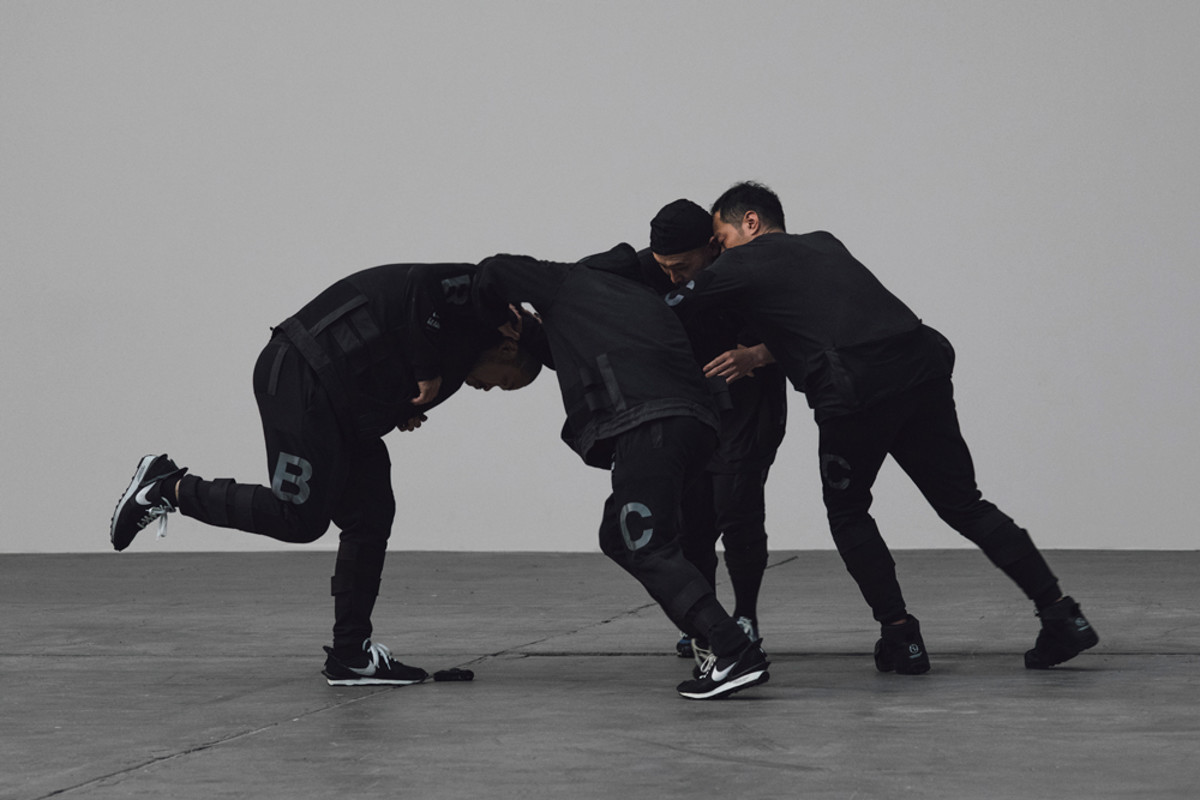 3/15
3/15
Pros
- Streetwear mixed with urban style
- Ideal for men who like something more rebellious
- They use durable materials for a long-lasting effect
Cons
- They’re on the pricier side
When we talk about names that put Japanese style on the map, we have to mention Jun Takahashi. The legendary designer founded his label, Undercover, in 1991 while still at school and has been a fashion world favourite ever since his first runway show in 1994.
His achingly cool streetwear combines elements of urban style with high fashion sophistication. The garments are inspired by youth and rebellion – they’re deconstructed, slashed, reconstituted and emblazoned with powerful graphics that make a totally punk, anti-fashion statement. Undercover is Japanese menswear at its very best.
Neighbourhood
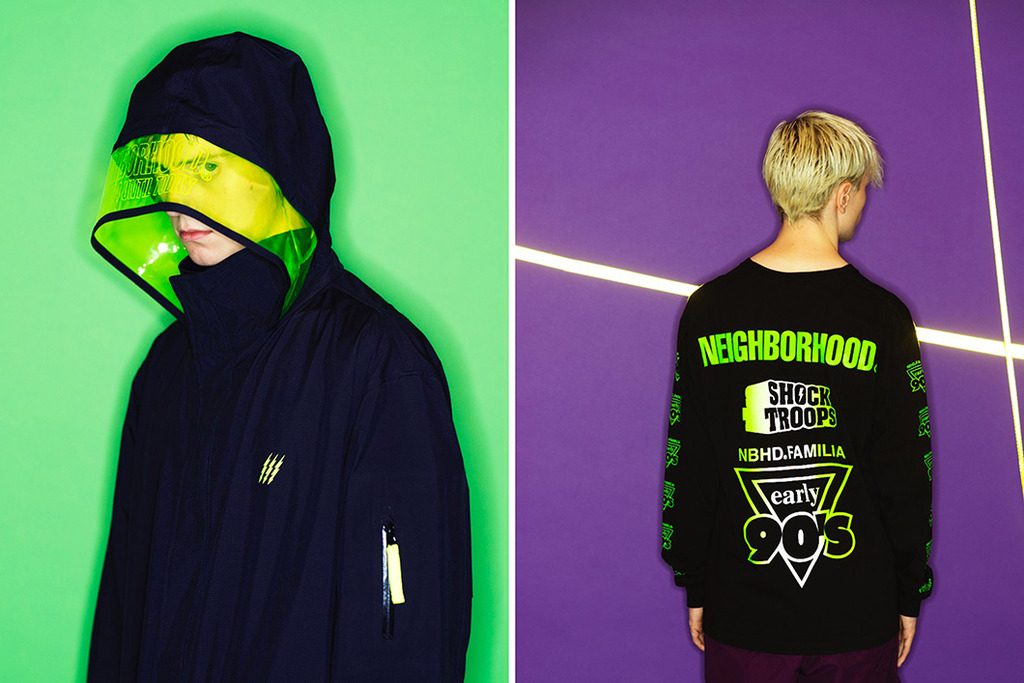 4/15
4/15
Pros
- Clothing inspired by motorcycle elements, the outdoors, and the military
- You can find a wide range of clothing pieces
- The designs are unique and hard to match by other brands
- They’re easy to take care of
Cons
- Not all men may be fans of the bolder designs
Designer Shinsuke Takizawa was heavily involved in motorcycles and the surrounding counterculture when he started the Neighbourhood brand in Tokyo in 1994. The concept was to craft basic clothing inspired by unique interpretations of elements from motorcycles, the military and the outdoors.
The result is a collection that includes denim, leather jackets, motorcycle goods, eyewear, interior items and more. There’s even a children’s line called Neighborhood One Third, based on the idea of making Neighborhood items at 1/3 the normal size. 2009 saw the introduction of the Luker By Neighborhood line, which adds a British influence into the mix.
Nonnative
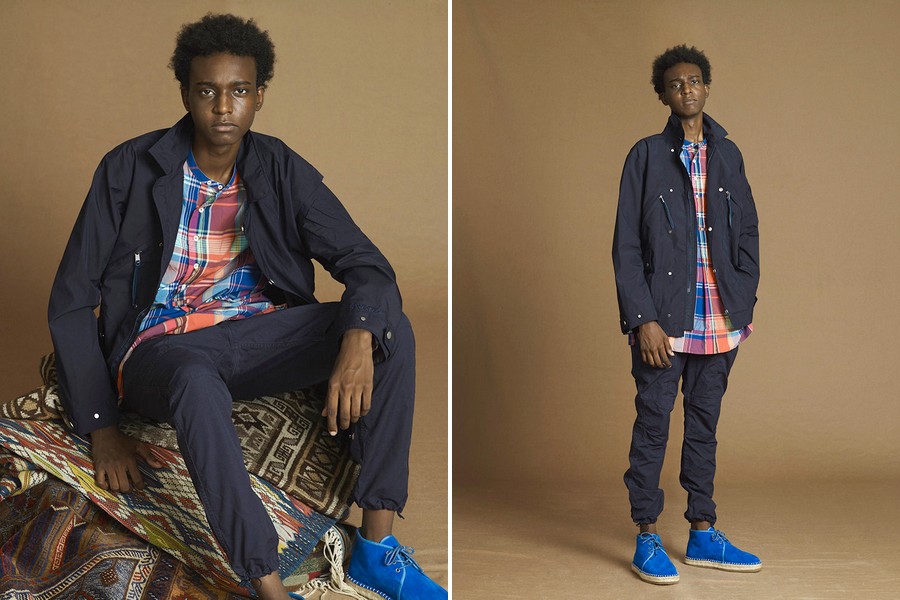 5/15
5/15
Pros
- They source their materials carefully
- Timeless designs that never go out of style
- They have cool aesthetics
Cons
- They’re not the cheapest pieces
Nonnative has been crafting quality casual and contemporary clothing since the early 2000s. Founder Satoshi Saffren and designer Takayuki Fuji are inspired by a carefree and youthful lifestyle, which translates into garments inspired by work- and outerwear with subtle military hints.
Nonnative’s underlying philosophy is that quality should be experienced first-hand to be fully appreciated, so expect meticulously sourced materials as standard. The aesthetic is clean, casual and functional, in a subdued colour palette of black, white, khaki, olive and navy. The collections are timeless and durable, mixed with new fabrics and inventive details to balance practicality with aesthetics.
Beams plus:
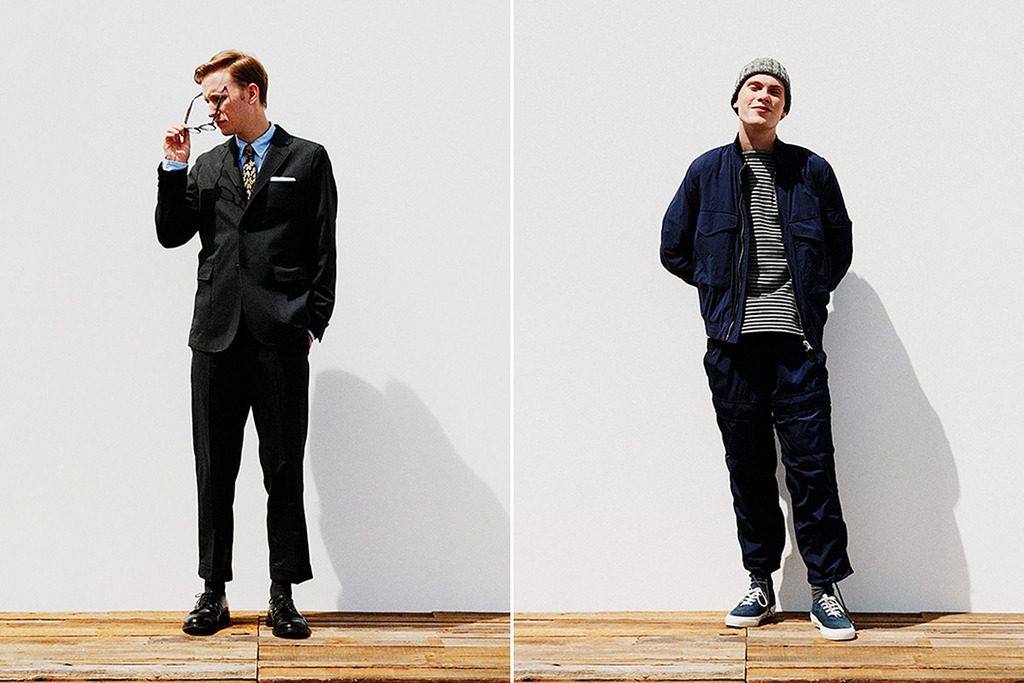 6/15
6/15
Pros
- Inspired by the U.S. no-nonsense street styles
- They use heritage fabrics and manufacturing techniques
- You can find clothing that suits all styles
Cons
- They may not be the most durable
Beams originally started as a small pop up store in Tokyo’s Harajuku district in 1974. Their men’s subsidiary brand, Beams Plus was born in 1999, a direct response to the growing market in high-quality casual menswear. Their designs are inspired by no-nonsense street styles from the United States in the late 80s and early 90s, producing anything from jackets and tees to shorts and pants.
They’re also renowned for using heritage fabrics and crafting techniques to create their garments, looking to age-old production methods from around the world to keep their creations unique.
orSlow
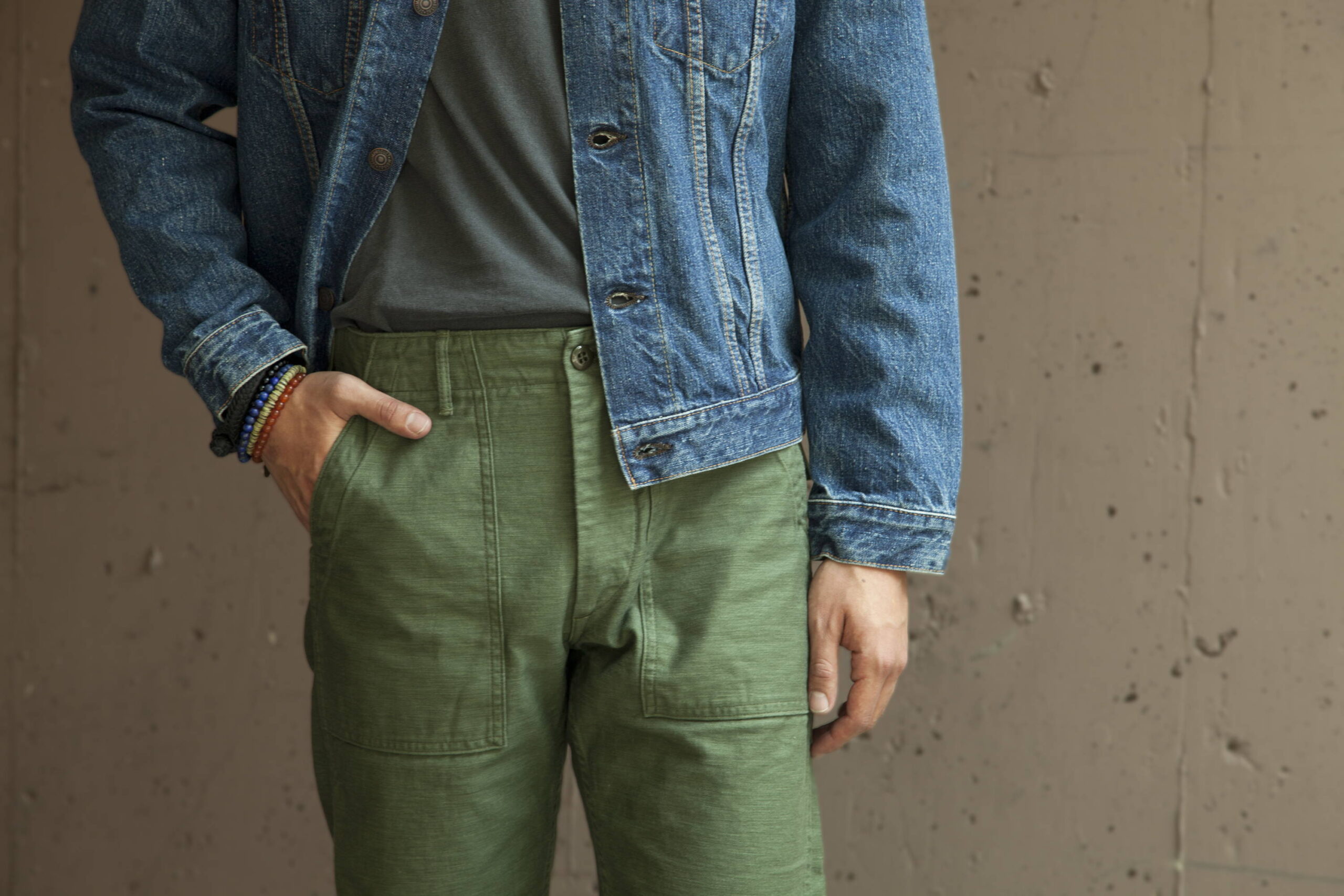 7/15
7/15
Pros
- A great option if you prioritize comfort
- Styles inspired by Western and Eastern heritage designs
- Their clothes were built to last
Cons
- Not each piece comes in multiple colour options
Ichiro Nakatsu started orSlow in 2005 after developing an obsession with workwear fabrics. He fell in love with clothing that was built to last as opposed to the fast-paced consumer designs that lacked value in his native city of Hyogo. His collections are essentially updated military and industry garments made using denim and cotton – basic in form and understated in colour.
His cuts are more often than not large without being baggy, with a workwear style is inspired by both eastern and western heritage designs.
Remi Relief
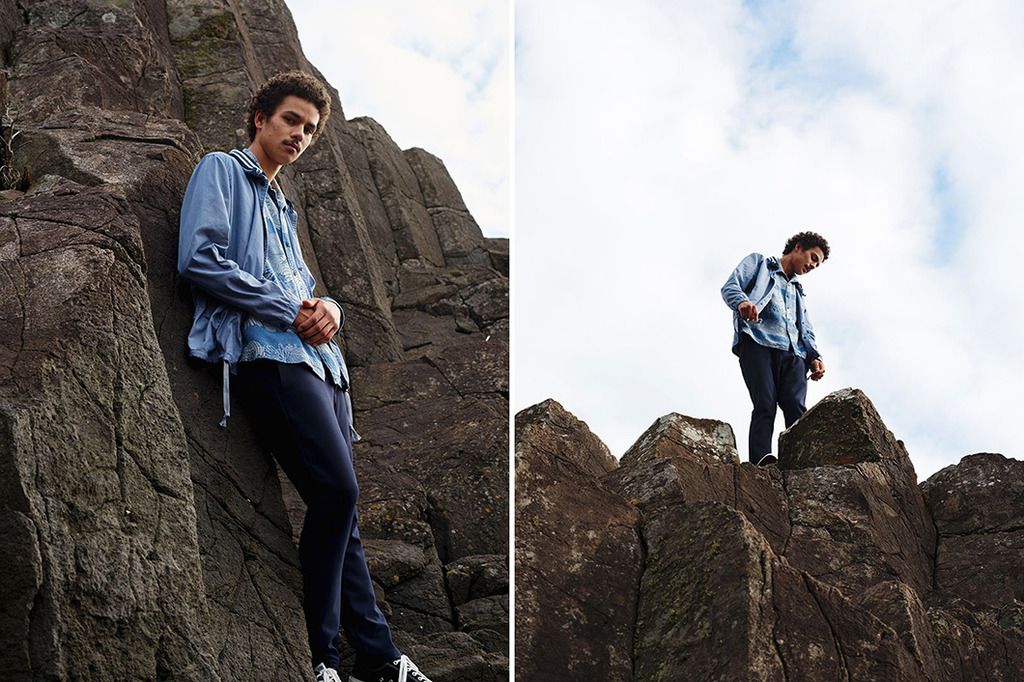 8/15
8/15
Pros
- Unique clothing inspired by the Californian surf culture
- They use very soft cotton
- Looser fit for extra comfort
- They are reasonably priced
Cons
- Not everyone is a fan of the worn and faded look
Remi Relief is the creation of Yutaka Goto, a designer who is heavily influenced by Californian surf culture, particular the eras of the 50s and 60s. He’s created a range of contemporary pieces after extensively studying ageing and dying techniques that are made to look faded and worn – as if from a bygone era.
Goto also uses soft cotton that not only elevates the aged style he is looking for but provides unbelievable comfort. Remi Relief is vintage California soul straight from Japan.
Comme des Garçons
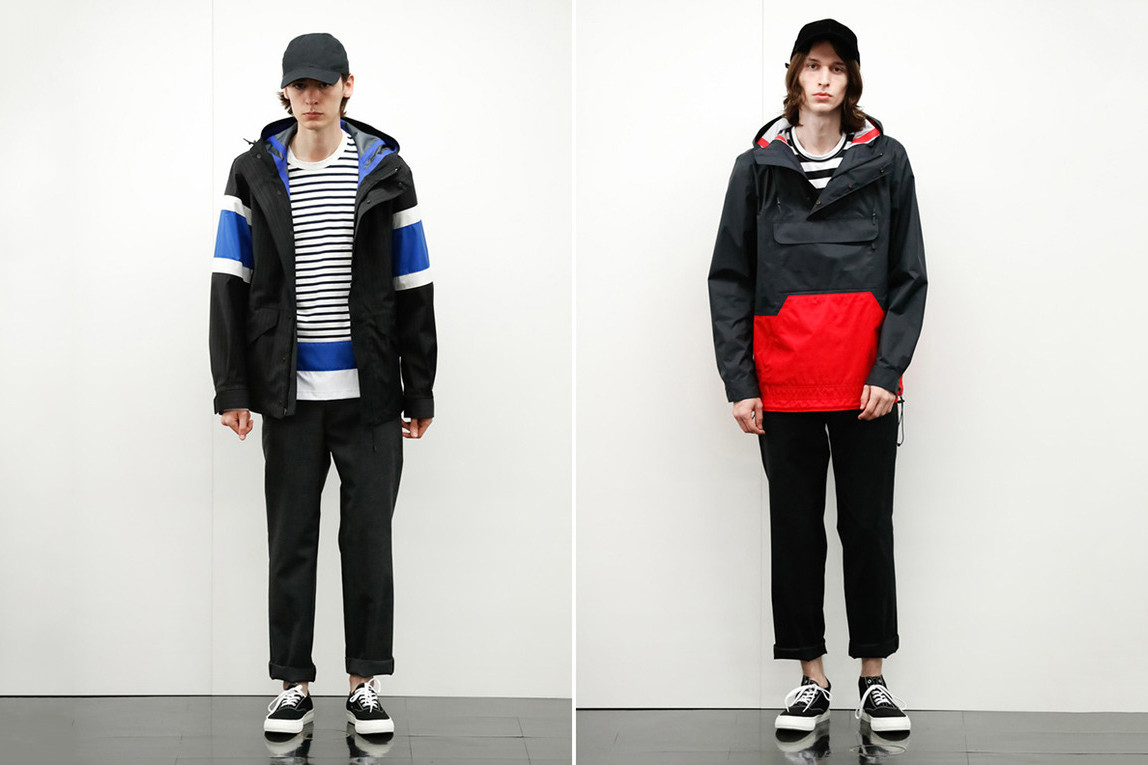 9/15
9/15
Pros
- You can find both casual and formal styles
- Their designs are unique and feature patchwork stylings for some pieces
- They use high-quality materials
Cons
- They’re quite expensive
As you may have guessed by the name, Comme des Garcons is a Japanese brand that is inspired by French maison couture. The brand was founded by Rei Kawakubo back in 1969 and has a flagship store in Aoyama, Japan’s renowned fashion district.
They produce unique, modern pieces more in tune with somewhere like Berlin, for those who like to walk that line between smart casual and casual evening. The fashion house also produces patchwork stylings that appear on select pieces, becoming something of a signature for the brand’s style.
Y-3
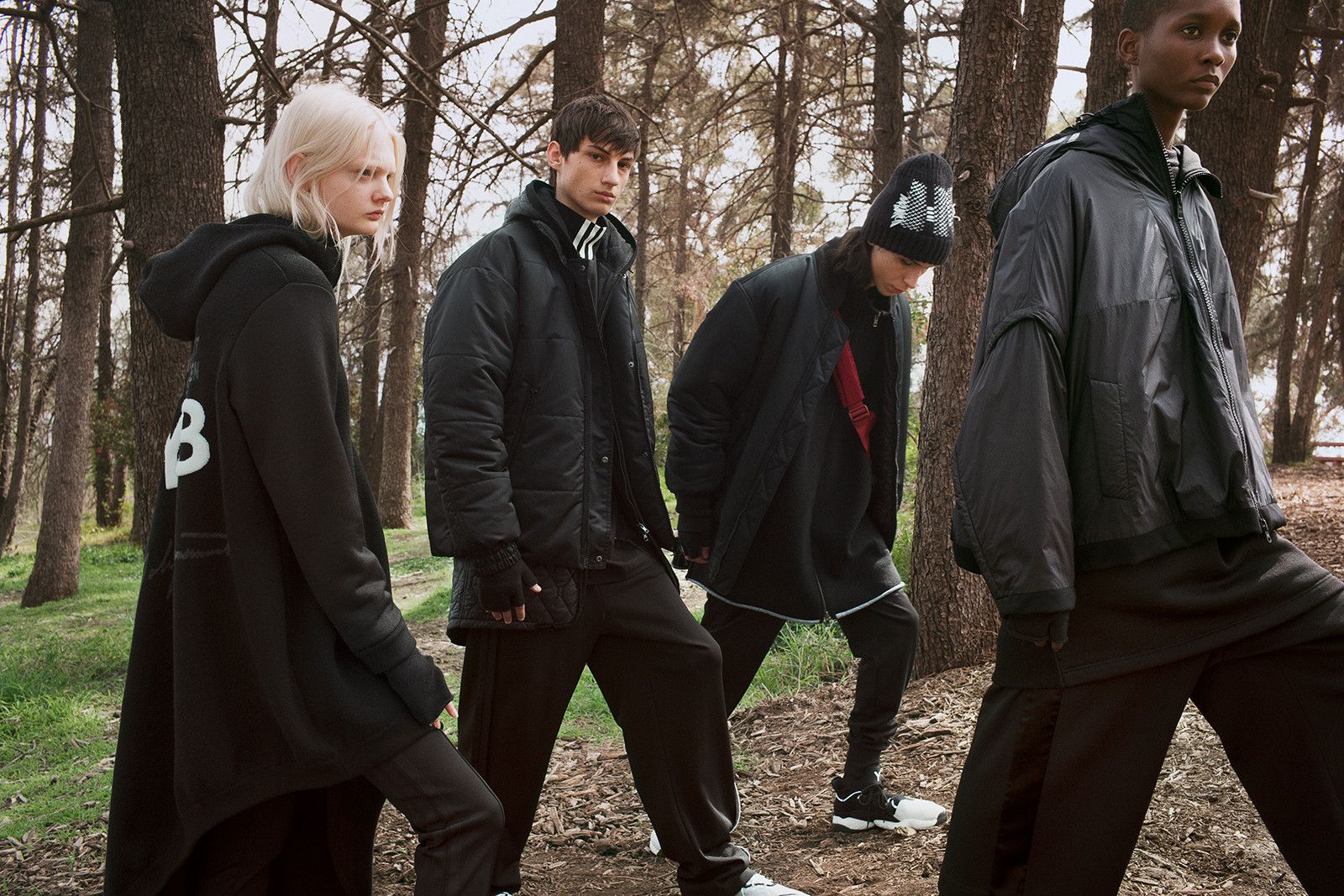 10/15
10/15
Pros
- Made from recycled materials
- They use cool designs to make sure you stand out
- Comfort is ensured throughout the day
Cons
- Size options are limited
Y-3 is a collaboration between two clothing superpowers, Japanese designer Yohji Yamamoto and German sports giant Adidas. Yamamoto is known for his Avant-Garde collections that challenge design preconceptions, and this is exactly why Adidas wanted him on board to give some of their classics a facelift.
From shell suite jackets and hoodies to bottoms and the classic Torsion sneaker, it seems there’s not a lot that Yamamoto can’t transform into a thing of beauty. But don’t be expecting a normal Adidas mark-up – these pieces come at a designer price.
White Mountaineering
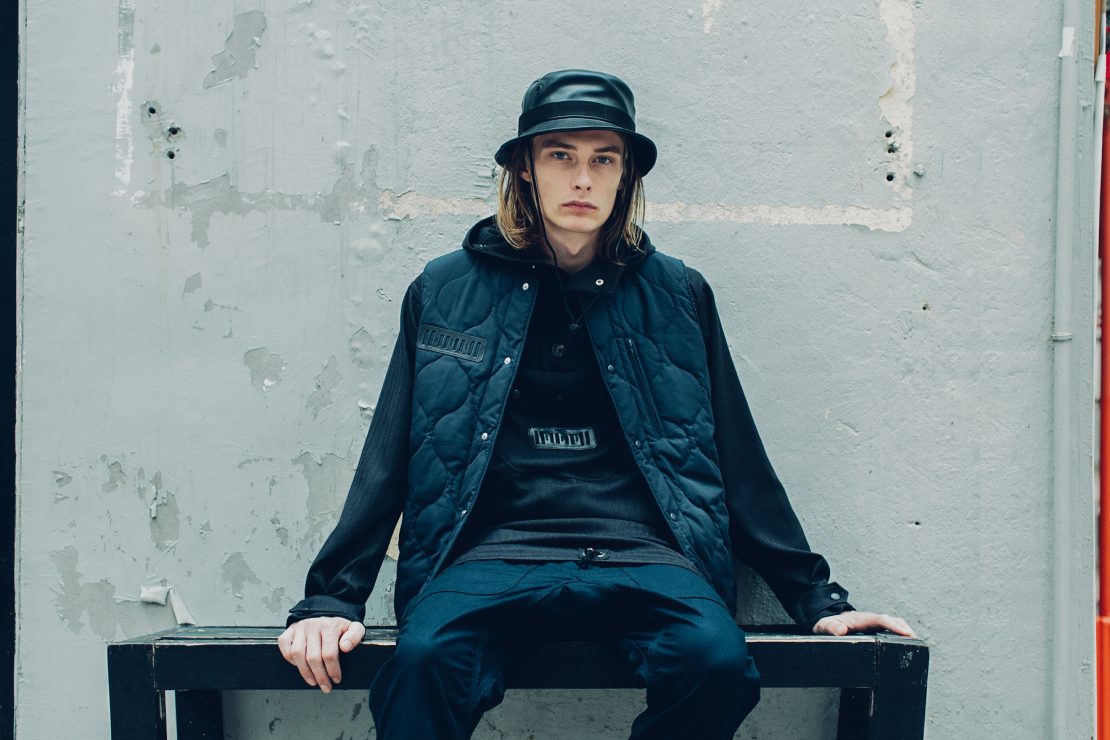 11/15
11/15
Pros
- Bold designs for confident men
- They use various cool prints and slogans
- They mix different high-quality materials such as polyester and cotton
Cons
- Some pieces can only be hand-washed
When Yosuke Aizawa started White Mountaineering he was heavily influenced by rugged mountain clothing from the US, and quickly started specialising in autumn/winter collections. But there was a definite twist. His designs are bold, colourful and daring, with lots of prints and slogan splashed across classic silhouettes.
He’s also collaborated with the likes of Barbour and Adidas (Original). White Mountaineering is the perfect example of how the Japanese take something we seem to know so well and turn it completely on its head – with eye-catching results.
Uniqlo
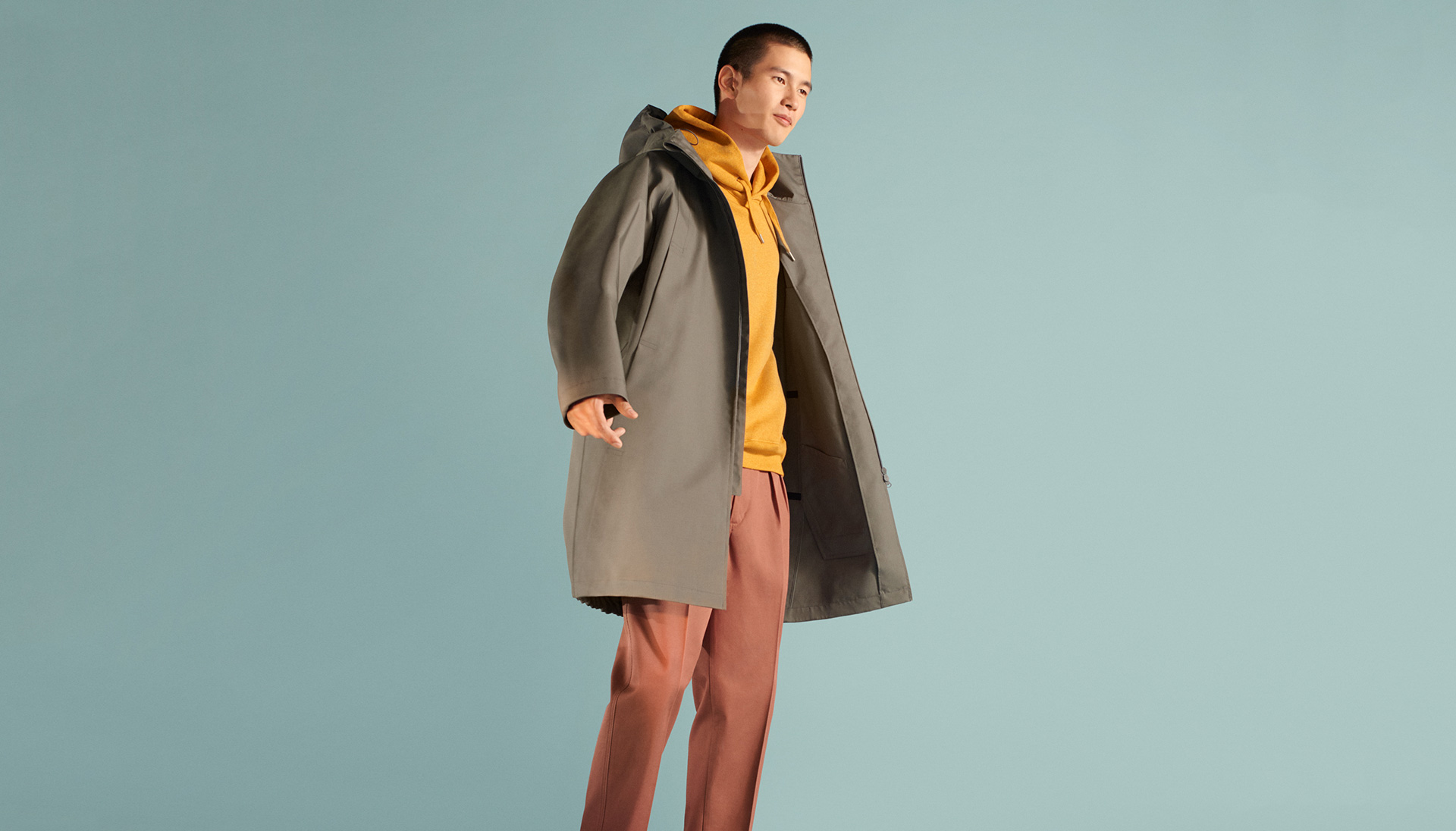 12/15
12/15
Pros
- They’ve been around for decades
- The designs are minimalist and more fitting for various occasions
- You can find clothes that suit you regardless of your style
Cons
- They don’t have the best durability
For many of us Uniqlo is arguably the most recognisable brand on this list, yet probably one of the oldest, with a history dating back to 1949. But it wasn’t until the 2000s that this most casual of casual houses really started to make waves. They create very simple clothes, free from logos, that are made to be the foundations of a daily wardrobe, especially if you’re on a budget.
Their minimalist ethos is very much in line with modern trends and design-wise their clothing is good value. But like many high-street stores, their garments are made for more of a quick fix than longevity.
WTAPS
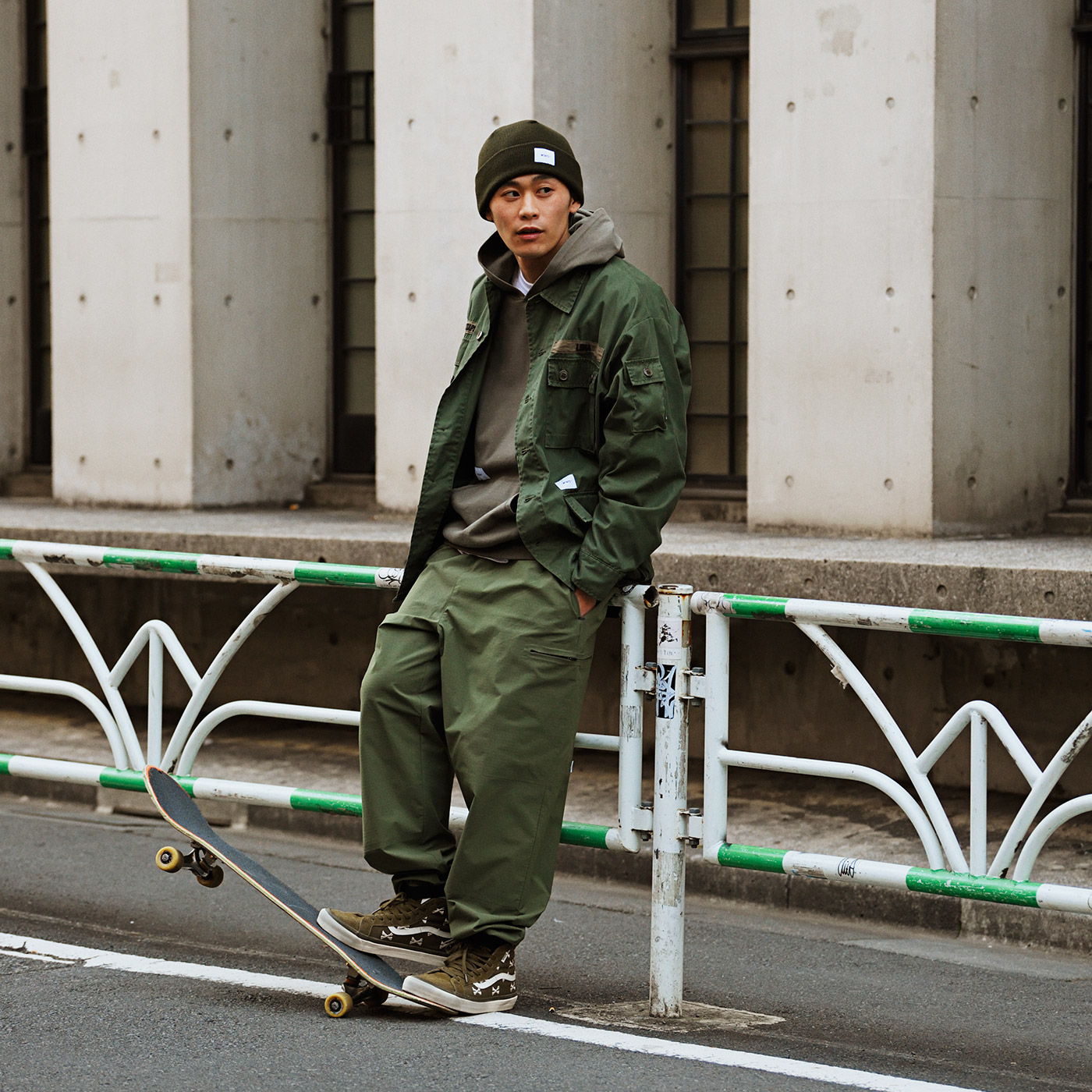 13/15
13/15
Pros
- They use the best cotton and woven fabrics
- Sophisticated and elegant looks
- They have more affordable clothing options
- Designed with comfort in mind
Cons
- They have fewer colour choices
Tetsu Nishiyama started WTAPS (pronounced Double Taps) in the backstreets of Tokyo in 1996, producing clothing heavily influenced by the military and outdoor clothing associated with 90s hip-hop. And, refreshingly, the brand has stayed to these values since, producing hoodies, caps and pants with the best cotton and woven fabrics around.
Even though WTAPS clothing is closer to a streetwear brand, there is something truly elegant and sophisticated about their garments, something that instantly gives the wearer higher esteem in the eyes of others.
TAKAHIROMIYASHITATheSoloist
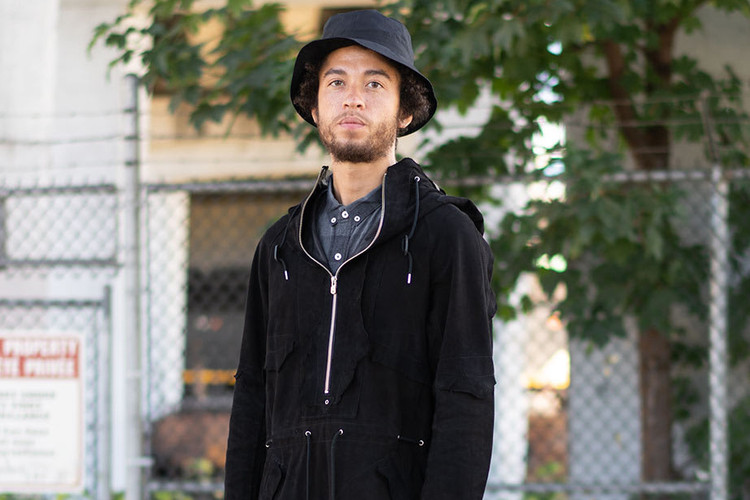 14/15
14/15
Pros
- They use embroidered graphic patches
- Creative designs that you won’t find anywhere else
- Perfect for men who like streetwear
Cons
- The availability is limited
It’s safe to say that Takahiro Miyashita is a fashion visionary. When he left the hugely successful cult brand Number (N)ine in 2009, it was to explore his own creativity. He launched Takahiromiyashita TheSoloist in 2010 and to this day remains the only designer.
He seems to have the Midas touch with his creations, which go from absurd Avant guard to streetwear collaborations with converse. Miyashita has created a fashion world of his own and creates collections that could well be considered works of contemporary art.
Cav Empt
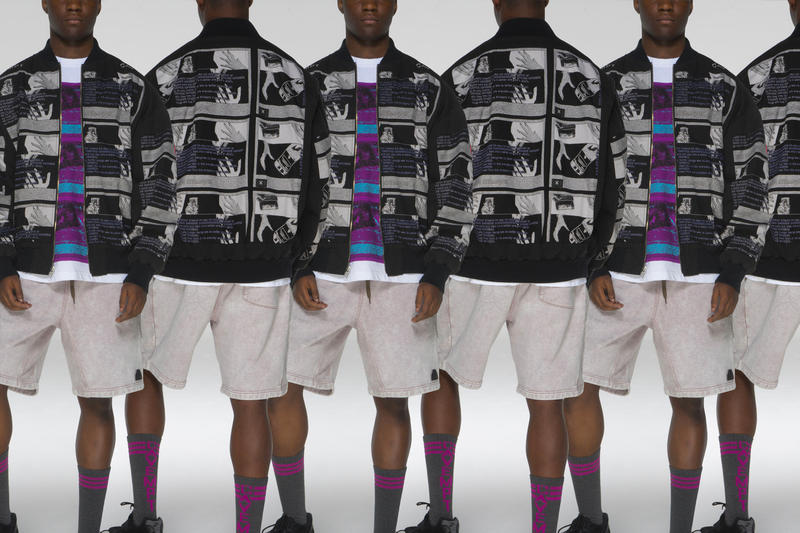 15/15
15/15
Pros
- Clothing that represents a culture clash
- Pieces that help you stand out
- They offer very comfortable items
Cons
- They’re on the pricier side
Float around some of the more artistic sectors of the world’s biggest cities and you will see for yourself that Cav Empt defines on-trend. Founded in 2012 by SK8THING (Billionaire Boys Club, BAPE) and Toby Feltwell (Mo’Wax Records), Cav Empt is all about colourful, sought-after streetwear.
Their graphics and colourways are eyecatching and represent a culture clash, much like an old Mo’Wax 12 inch. Whether you’re looking for a subtle addition to your wardrobe or a statement piece, you’ll find something in their collection to suit you. Made for the real street culture vulture.